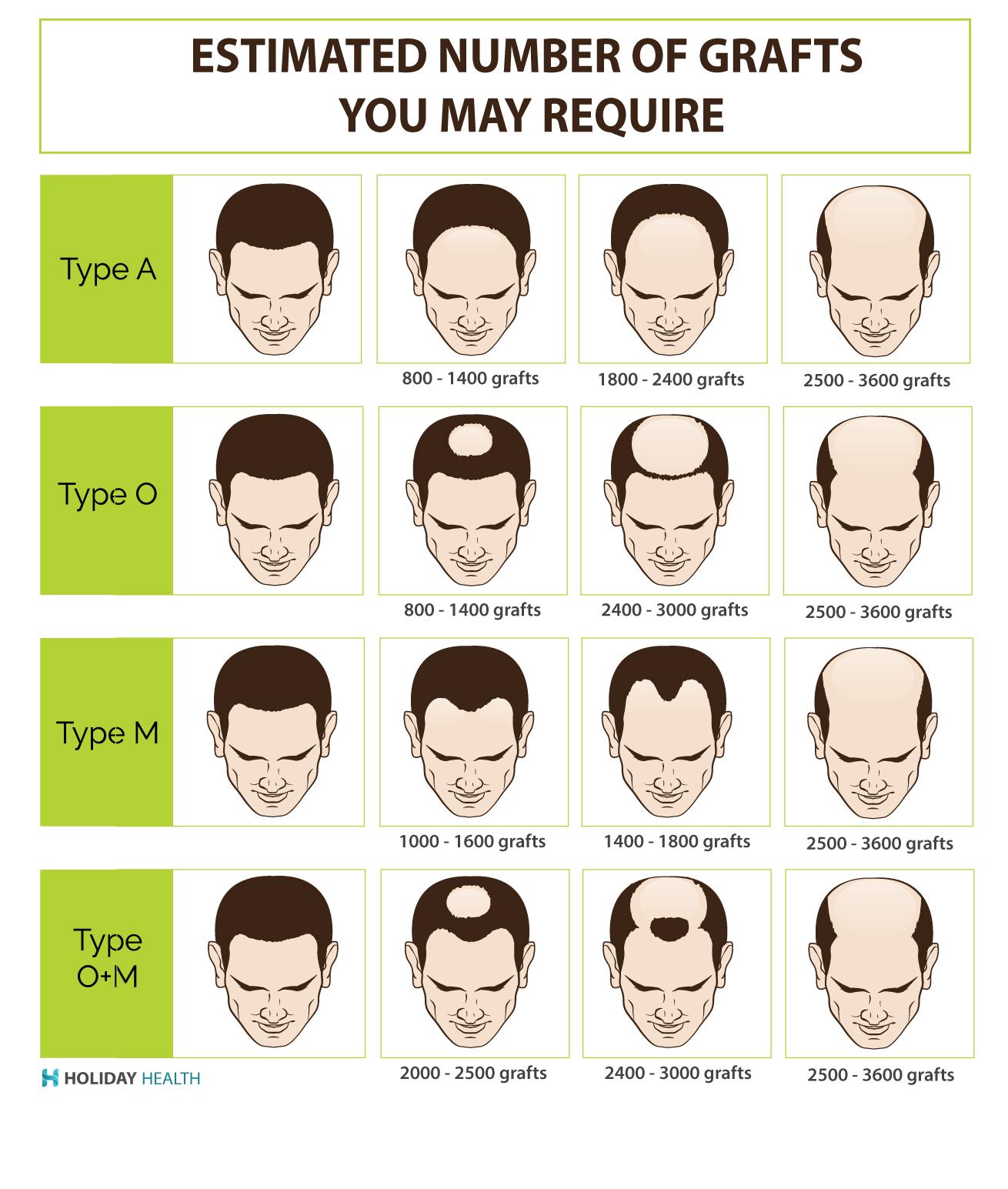How Much Does a Hair Transplant Really Cost in 2025?
In a world where self-image is increasingly intertwined with personal and professional success, the quest for a full head of hair continues to drive many individuals on a journey toward hair restoration. With advancements in technology and techniques, hair transplants have evolved from niche procedures to mainstream solutions for those facing hair loss.As we step into 2025, potential patients are left pondering a critical question: what can they expect to pay for this transformative experience? In this article, we will unravel the complex web of factors influencing hair transplant costs today, from the myriad of techniques available to the geographic variances that impact pricing. By the end, readers will feel better equipped to navigate their options and determine whether hair restoration is a worthy investment in their self-confidence and personal aesthetics. Join us as we delve into the financial landscape of hair transplants in 2025,shedding light on the true cost of regaining not just hair,but hope.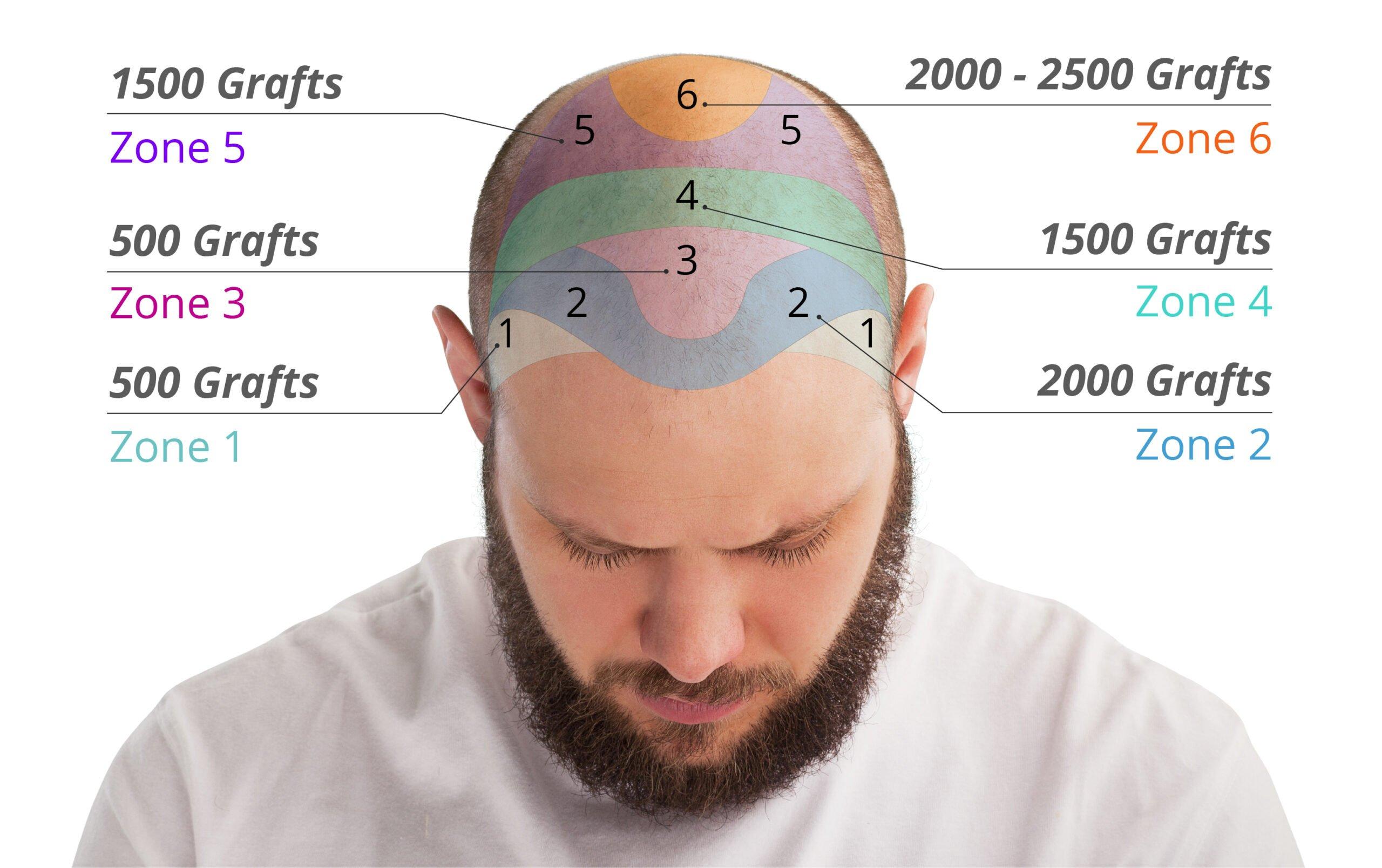
Understanding the Factors influencing Hair Transplant Costs
The cost of a hair transplant can vary considerably based on several key factors. First and foremost, the technique used during the procedure plays a critical role. The two most common methods,Follicular Unit Transplantation (FUT) and Follicular Unit Extraction (FUE),differ not onyl in their approach but also in their associated costs. FUE, being less invasive and offering quicker recovery time, often comes with a higher price tag compared to FUT.
Another critically important factor influencing hair transplant prices is the geographical location of the clinic. Prices tend to fluctuate depending on the cost of living in a particular area. For instance, clinics situated in metropolitan areas often charge more due to higher overhead costs. Patients may also find that international destinations offer competitive prices, but they should consider the quality and reputation of the clinics in those regions.
Moreover, the experience and qualifications of the surgeon can significantly influence costs. Highly skilled and renowned surgeons may charge premium rates due to their expertise and track record of successful procedures. it’s essential to balance cost with the surgeon’s credentials, as a well-performed hair transplant can yield long-term results that enhance both aesthetics and confidence.
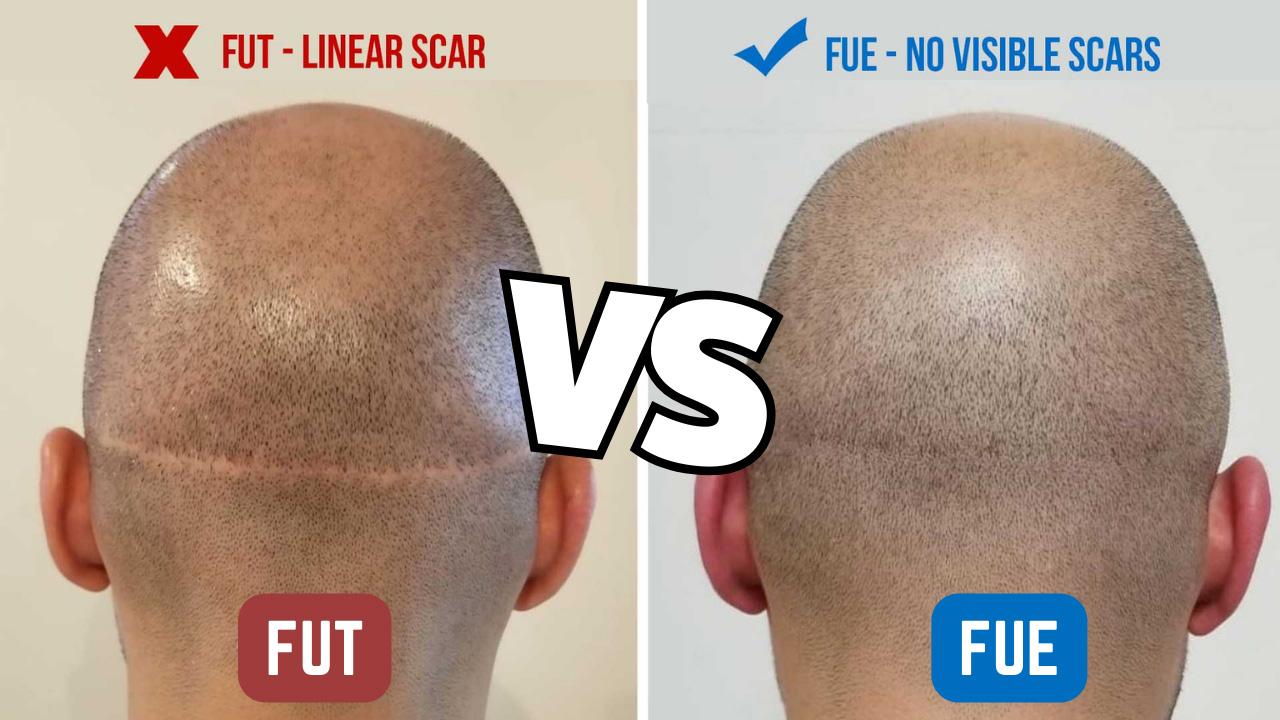
Comparing FUE and FUT Techniques: What’s Your Investment?
When considering a hair transplant, two primary techniques emerge—Follicular Unit Extraction (FUE) and Follicular Unit transplantation (FUT). Each method comes with distinct advantages and considerations, impacting the overall cost of the procedure. Understanding your investment involves not just the monetary aspect,but also factors like recovery time and results longevity.
FUE is known for its minimally invasive nature, involving the extraction of individual hair follicles. This technique often results in less noticeable scarring and a quicker recovery time, making it a favorite among patients seeking a discreet solution. conversely, FUT involves removing a strip of scalp, which is then dissected into individual grafts. This method generally offers a higher graft yield, making it perhaps more suitable for those with extensive hair loss.However, the linear scar left from FUT may be a concern for some.
Here’s a brief comparison of associated costs and benefits:
| Technique | Average Cost | Benefits | Considerations |
|---|---|---|---|
| FUE | $5,000 – $15,000 |
|
|
| FUT | $4,000 – $10,000 |
|
|
Ultimately, the decision between thes two approaches should factor in your personal goals, budget, and willingness to accept certain risks. engaging in a conversation with a qualified specialist will help clarify which technique aligns with your needs and financial plans.
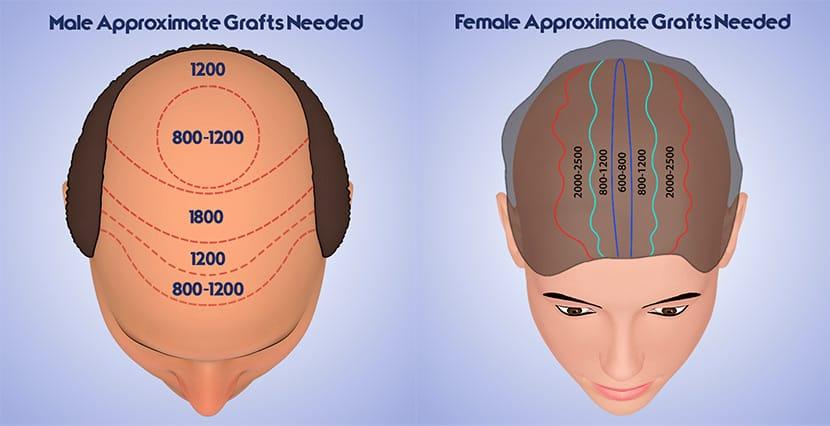
Hidden Expenses in Hair Restoration: What to Budget For
When planning for a hair restoration procedure, it’s essential to factor in the potential hidden expenses that could impact your overall budget. While the upfront cost of the transplant is often highlighted, additional fees can accumulate quickly. Consider the following common hidden expenses:
- Consultation Fees: Many clinics charge for an initial consultation, which can range from $100 to $500, depending on the location and the expertise of the surgeon.
- Pre-Operative Tests: Blood tests or scalp evaluations may be necessary,adding another $200 to $600 before the actual procedure.
- Anesthesia Costs: If your transplant requires sedation, this can incur an additional charge of $500 to $1,500, affecting your total spend significantly.
After the procedure, there are also several expenses that are often overlooked. Post-operative care is crucial for the success of hair restoration, but it may come with its own set of costs. Common follow-up considerations include:
- Medication: Pain relievers, antibiotics, and topical applications can add $50 to $300 to your budget.
- Follow-Up Appointments: Routine check-ups might be necessary, with fees ranging between $100 to $300 each.
- Hair Care Products: Specialized shampoos or conditioners recommended after surgery can accumulate to $100 or more over time.
it’s worth noting the long-term expenses associated with hair restoration. Many patients opt for maintenance treatments to prolong the results, which can impact overall budgeting. These may include:
| Treatment | Estimated Cost (per year) |
|---|---|
| PRP Therapy | $1,500 - $3,000 |
| Minoxidil Products | $300 – $600 |
| Supplemental Vitamins | $100 - $300 |
By being aware of these potential hidden expenditures, you can create a more effective budget that ensures you are prepared for the financial commitment of a hair transplant and its subsequent requirements.
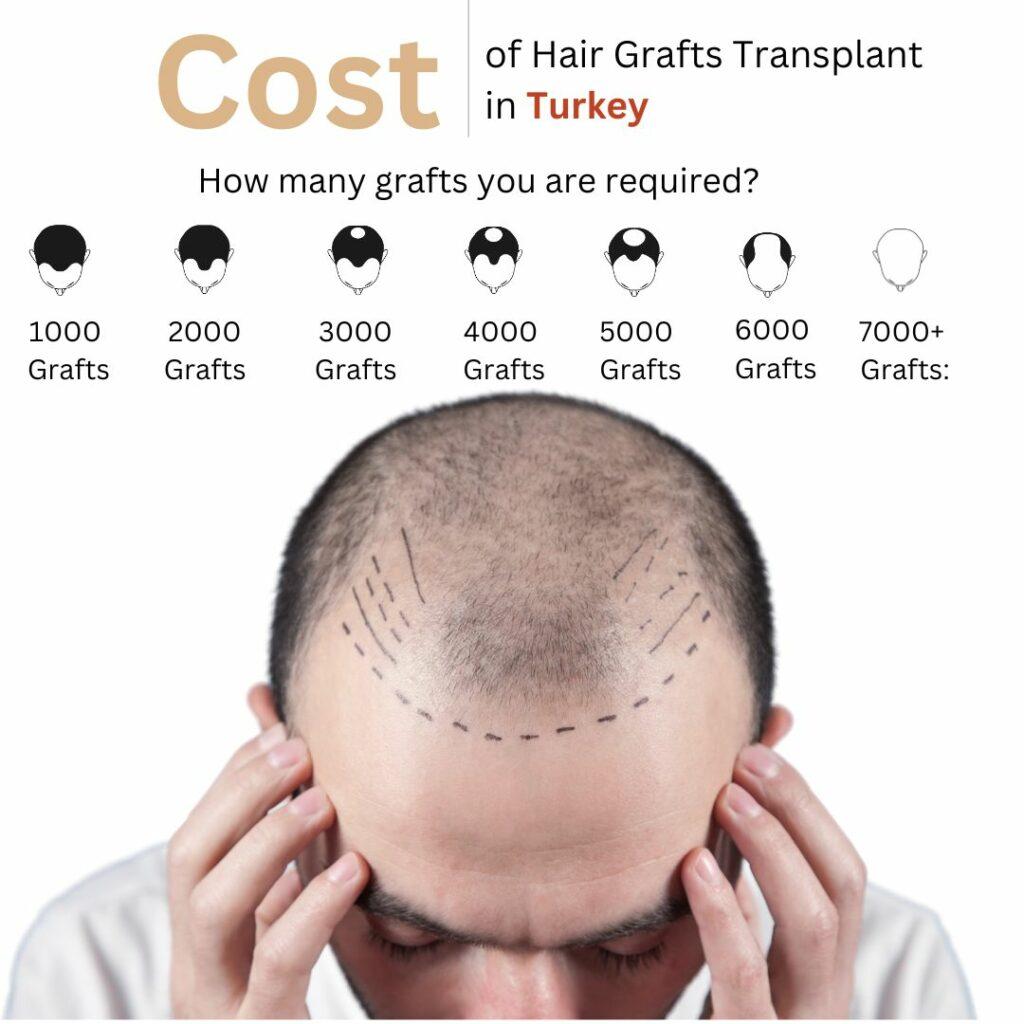
Financing Options and Cost Transparency: Making Informed Choices
Understanding the financial landscape surrounding hair transplant procedures is crucial for anyone considering this life-changing decision. In 2025, the average cost of a hair transplant can vary significantly based on various factors such as the technique used, the clinic’s reputation, and the geographical location. Patients should expect costs to be influenced by:
- Technique: Follicular Unit Extraction (FUE) vs. Follicular unit Transplantation (FUT)
- Location: Urban centers may charge more than smaller towns
- Experience: Surgeons with a robust track record typically command higher fees
To empower patients in making educated financial decisions, many clinics are now prioritizing cost transparency. Detailed breakdowns of expenses help clarify what can often feel like a daunting financial commitment. Patients can look for clinics that provide comprehensive pricing guides, including:
| Service | Average Cost |
|---|---|
| Consultation Fee | $100 – $200 |
| FUE Procedure | $4,000 - $15,000 |
| FUT Procedure | $3,000 – $10,000 |
| Post-Op Care | $500 – $1,500 |
Financing options have also become increasingly accessible, enabling patients to embark on their hair restoration journey without the undue burden of upfront costs. Many clinics offer payment plans and third-party financing services, which can include these benefits:
- Low or zero interest rates: Manageable payment schedules
- flexible terms: Tailored payment plans that suit individual budgets
- Swift approval process: Get started on your journey without extensive delays
Concluding Remarks
understanding the cost of a hair transplant in 2025 goes beyond simply tallying numbers; it encompasses a multitude of factors that contribute to the overall financial equation. From the method of transplantation to the experience of the surgeon and the geographic location of the clinic,the price can vary dramatically for each individual. While the average costs may provide a useful benchmark, it is indeed essential for anyone considering this transformative procedure to do their homework, seek consultations, and weigh the long-term value against initial expenses. Ultimately, investing in a hair transplant is not just about money; it’s about regaining confidence and embracing a fuller, more vibrant self.As you navigate this journey, remember that informed decisions will empower you to choose a path that aligns with both your budget and your personal aspirations. Here’s to new beginnings, one strand at a time.
